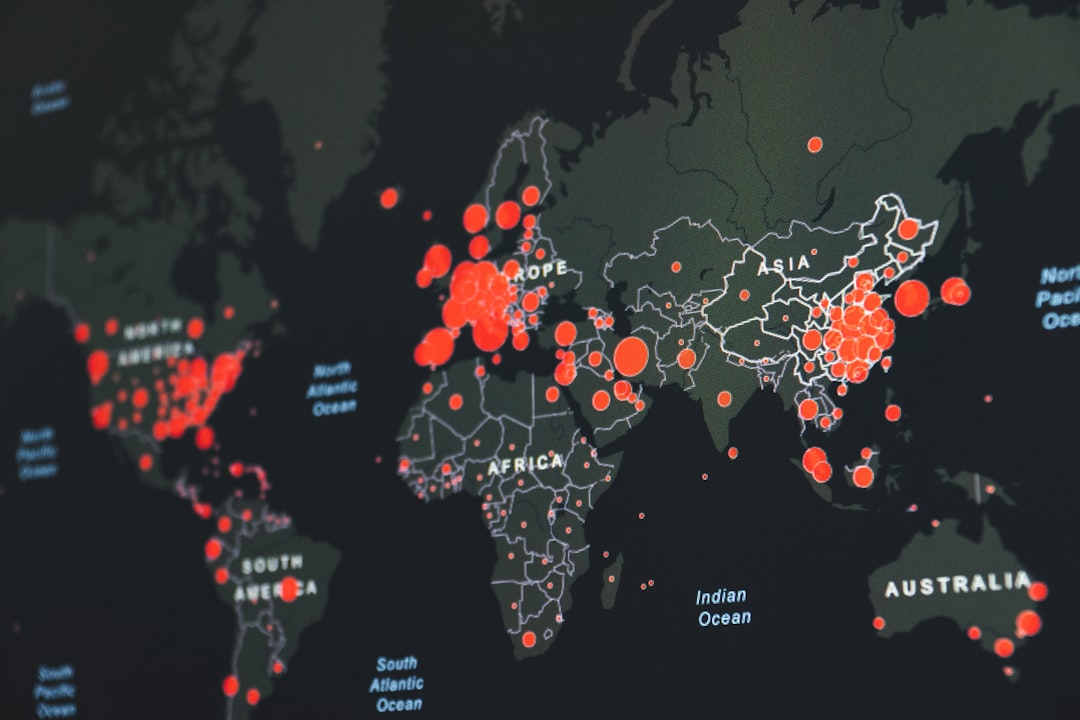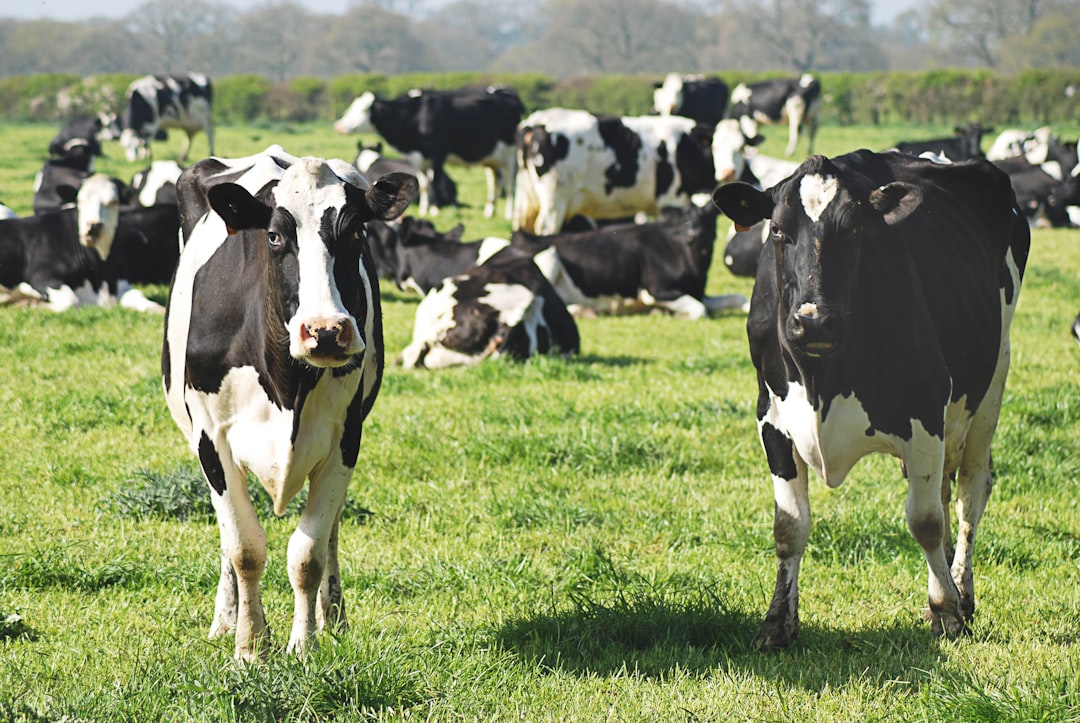What is it about?
Ecuador is one of the most biodiverse countries in the world, but faces severe pressures and threats to its natural ecosystems. Numerous species have declined and require to be objectively evaluated and quantified, as a step towards the development of conservation strategies. Herein, we present an updated National Red List Assessment for amphibian species of Ecuador, with one of the most detailed and complete coverages for any Ecuadorian taxonomic group to date.
Featured Image

Photo by Patricio Gaibor on Unsplash
Why is it important?
We integrated the use of ecological models, curated databases and an especialized research team to demostrate that nearly to 60% of Ecuadorian amphibians are threatened to extinction. Three significant findings are that: a) doubles the number of threatened species in comparison with previous evaluations. b) In addition to habitat loss, the expansion of the agricultural/cattle raising frontier and other anthropogenic threats amplify the incidence of other pressures as relevant predictors of ecological integrity with potential synergic effects with climate change and emergent diseases. c) Most threatened species are distributed in montane forests and paramo habitats of the Andes, with nearly 10% of them occurring outside the National System of Protected Areas of the Ecuadorian government.
Perspectives
This was the most important collaborative effort among Ecuadorian researchers to integrate ecological modeling tools and share information on Ecuadorian amphibians. This article now is recognized by the Environmental Ministry of Ecuador as a keystone in amphibians conservation
Mauricio Ortega
Universidad Regional Amazonica IKIAM
Read the Original
This page is a summary of: Red List assessment of amphibian species of Ecuador: A multidimensional approach for their conservation, PLoS ONE, May 2021, PLOS,
DOI: 10.1371/journal.pone.0251027.
You can read the full text:
Contributors
The following have contributed to this page










